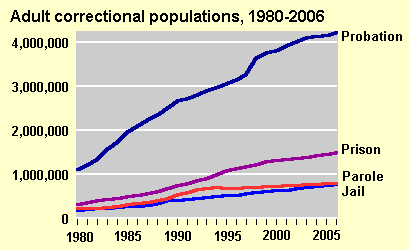The FDA announced yesterday that both the FDA and the European Medicines Association (EMEA) will accept seven biomarker tests for early kidney damage. These animal based tests were developed by a public-private collaborative and will be a voluntary part of the regulatory applications for new drugs. However, it is believed that companies will benefit by doing these test because they will both be able to detect toxicity problems earlier in a drugs development, and enable the approval of more powerful drugs, “because health care professionals could closely monitor patients and halt the drug if early signs of renal toxicity appear.”
…“The development of these and other biomarkers can result in important tools for better understanding the safety profile of new drugs,” said Janet Woodcock, M.D.,
